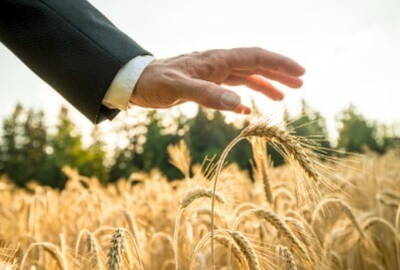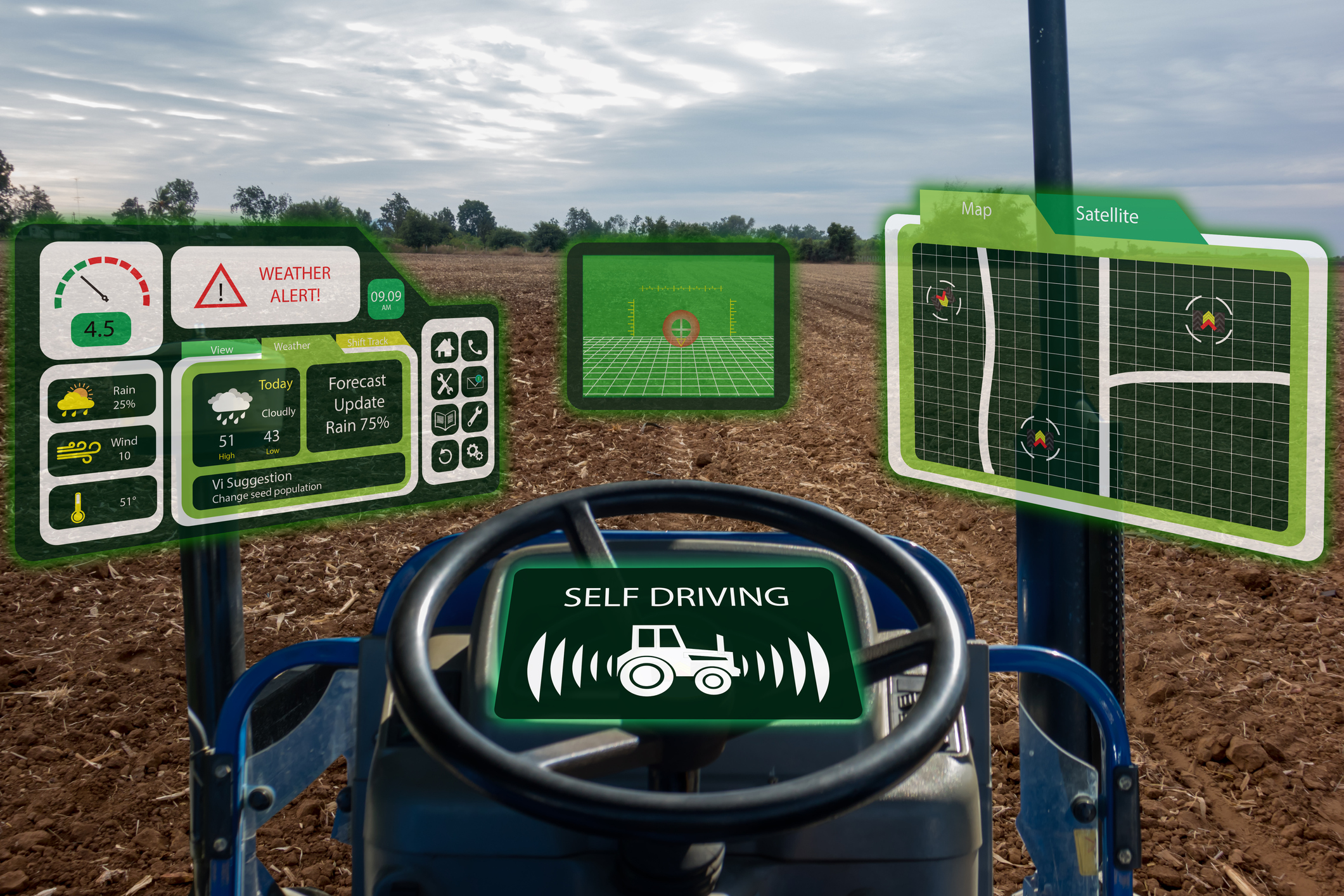Farming methods have evolved massively over the years, from basic, hand-held tools to the modern, sophisticated machinery we use today. Farmers are now embracing modernity, which has enabled them to achieve the highest potential in whichever farming activity they choose to undertake. Farming methods are increasingly becoming more refined, less manual, yields are increasing, and it’s not uncommon to find beef poultry, beef cattle, and dairy cows on the same farm. But what is causing these changes? The answer is simple. Technology!
Technological advancements have permeated every industry across the world and agriculture is no exception. Nowadays, technology is significantly helping growers and farmers in several ways, including precise forecasting, data-driven decision making, and more. The changes have also resulted in a positive impact on the bottom line of most farmers and ultimately led to improved accesses to food products, at reasonable prices. Let’s delve into the specific ways in which technology has revolutionised agriculture.
1. Online resources
The proliferation of internet technology has dramatically offered farmers unprecedented access to a wealth of valuable resources and tools to make farming easier. Notably, the internet has innumerable production and planning tools to help them forecast future crops.
Additionally, the World Wide Web provides several farming forums that let them exchange ideas seek advice and participate in insightful discussions. These forums offer robust support groups that can help farmers without ever setting foot on the farm.
2. GPS
A few decades ago, the idea of tractors driving themselves on the farm was implausible. However, the entry of GPS technology has completely changed everything. GPS provides precise location information at any point near or on the earth’s surface. So, farming machines integrated with GPS receivers can recognise their position within the farm and adapt their operation to maximise their efficiency at that location.
Now, tractors equipped with GPS technology coupled with automatic steering systems are used to improve the placement of seeds on the farm, thereby reducing wastes and costs. Additionally, GPS guided drones are increasingly being used to perform tasks such as crop spraying, livestock monitoring and 3D mapping.
The applications of GPS are many and transcend their usage in tractors. For example, farmers can use a GPS receiver to detect preselected positions in a farm field for soil sample collection. The selected soil samples are then analysed to generate a fertility map in a geographic information system (GIS). Using the map, farmers can accurately prescribe the quantity of fertiliser required for each sampled section of the farm field. After that, the farmer can use Variable-rate technology (VRT) fertiliser applicators to distribute the precise amount of fertilisers in the area.
3. Sensors
Sensors, like GPS technology, are increasingly being used by farmers to comprehend their crops at a micro level, reduce environmental impacts, and conserve resources. Most of the sensing technologies used in precision agriculture provide critical data that helps farmers to adapt their approaches to the changing environmental factors.
Location sensors use GPS satellites signals to ascertain longitude, latitude and altitude. To effectively triangulate a position, a farmer should have a minimum of three satellites. Optical sensors are also used in precision agriculture to aggregate and process plant colour and soil reflectance data. More precisely, they are used to determine the organic matter, moisture content and clay content in the soil.
Generally, sensors can monitor everything from soil temperature to humidity levels in grain silos. Also, they can offer very critical knowledge of soil health. And importantly, sensor technology helps farmers to use their irrigation waters more efficiently, minimising on wastage, and lowering costs.
4. Mobile devices
As technology improves every day, mobile technology also has advanced, as evidenced by the number of apps popping up. This development has significantly impacted every sphere of life with agriculture too benefiting from the progress.
The actual game changes have been mobile applications. They have altered the lives of farmers and agricultural field holders, for the better. Famers have access to several mobile apps that can help them to collect information on their field farms, check the weather, and receive relevant updates.
With farmers getting insightful details from mobile apps, they are smoothly transitioning from handling fields to creating farm maps and facilitating the use of drones. The software behind the apps put them in the drivers' seat when managing everything from strategy formulation to tracking progress.
5. Smart farming
When all the above technologies are merged, the resulting product will be a smart farming system, often referred to as precision agriculture. Smart farming involves the implementation of contemporary Information and Communication Technologies (ICT) into agriculture, resulting in what is referred to as the Third Green Revolution. The revolution is slowly taking over the agricultural sector through the joint application of ICT solutions such as the Internet of Things (IoT), GPS, robotics, sensors and actuators, Big Data, Unmanned Aerial Vehicles (UAVs, drones), precision equipment, plus much more.
Using irrigation as an example, we can demonstrate how different technologies are combined to offer smart farming. Before watering the farm field, a farmer can mount a sensor on an irrigator to assess the moisture level of the soil. The information obtained is then used to vary the quantity of water required.
Farmers can use drones to assess plant health and enable them to take any corrective measures, where applicable. Similarly, smart farming techniques allow farmers to monitor the individual needs of their animals better and regulate their nutrition correspondingly, thereby averting disease and improving their health.
Smart farming provides farmers with limitless potential to deliver a more sustainable and productive output based on field-generated data. Also, it gives farmers an added value through better and timely decision-making.
Undoubtedly, technology is significantly altering the way we live and work. The adoption of various technologies in agriculture has brought several disruptions in the industry, with specific emphasis on agricultural jobs. Increasingly, agricultural technician jobs are now on demand to cater to the needs of the changing times. Nonetheless, it is clear that technology has changed agriculture, for the better! To discover the kinds of agricultural jobs technology has made possible, from farming jobs to agronomist jobs and agricultural finance jobs, visit the Agriculutral Recruitment Specialists website today: https://www.agrirs.co.uk/
Back to Blogs












